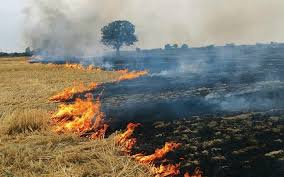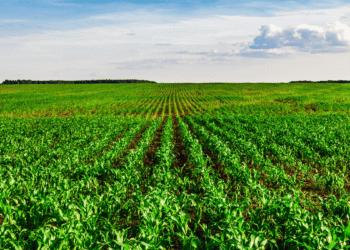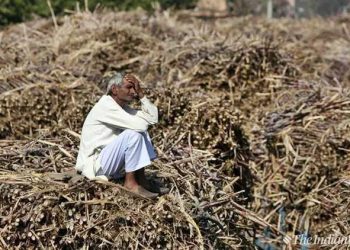
October 16, 2020.
TAD News Desk, New Delhi: Delhi’s air quality entered the ‘very poor’ zone with average AQI more than 300. This instance is the first time after the pandemic that the air quality has worsened to this level.
AQI is the measure of the hazards that the air can cause. In a range of 0-50 it is good, 51-100 it’s satisfactory, 101-200 moderate, 201-200 poor, 301-400 very poor, 401-500 severe and, more than 500 is an emergency.
CPCB’s (Central Pollution control board) data registered AQI of 312 in Delhi on October 15, 2020. The same day the Graded Response Action Plan (GRAP) was put into action to tackle the air pollution problem in Delhi and neighbouring cities. Pollution level of Ghaziabad, Gurugram, Faridabad and Noida also fell in the very poor category.
CPCB along with Delhi pollution board and Indian meteorological department monitored around 36 regions of which 26 were rated in ‘very poor’ category.
Amount of lead and other pollutants have increased substantially in Delhi’s air. SAFAR website gave the data that particulate matter (PM10) in the air was 258 microgram per cubic meter. PM2.5 level in the air was also alarming. The measures of PM10 and PM2.5 were 2.5 times the standard recommended by the WHO(World Health Organisation).
SAFAR’s analysis noted that “The calm and variable surface wind condition is continuing and AQI level is expected to stay the same tomorrow. By October 17, marginal improvement is expected but quality to stay in poor to very poor category.”
A favourable situation for pollutants to stay in the atmosphere has developed. As the low ventilation due to low wind speed would cause a lower rate for dispersion of pollutants.
Analysis of frequent stubble burning in the neighbouring states gave a count of 740 stubble burnings with the direction of transportation winds favourable for an increase in PM2.5 number. This year the stubble fire counts have been more than that of the previous two years. However, the SAFAR analysis showed that PM2.5 had contributed only 6 per cent in Delhi’s pollution.
Environment Minister Mr Javdekar has allocated 50 CPCB teams to inspect the fields for air control measures. However, 95 per cent of Delhi’s pollution is because of dust, construction and biomass burning.
CPCB teams would do on-ground reporting of identifying polluting air sources. These include unchecked construction activities, garbage dumping in open plots and, open burning of Industrial waste. Teams are ready to visit the Delhi-NCR region and some regions of Rajasthan.
Javdekar said that these teams would place their attention on the hotspot areas, and some strict steps would be taken to see through the issue.
These haste steps would include a ban on diesel generator sets in Delhi-NCR region and authorities will patrol in the night to check dust, industrial emissions, and waste burning.
Source: www.downtoearth.org









